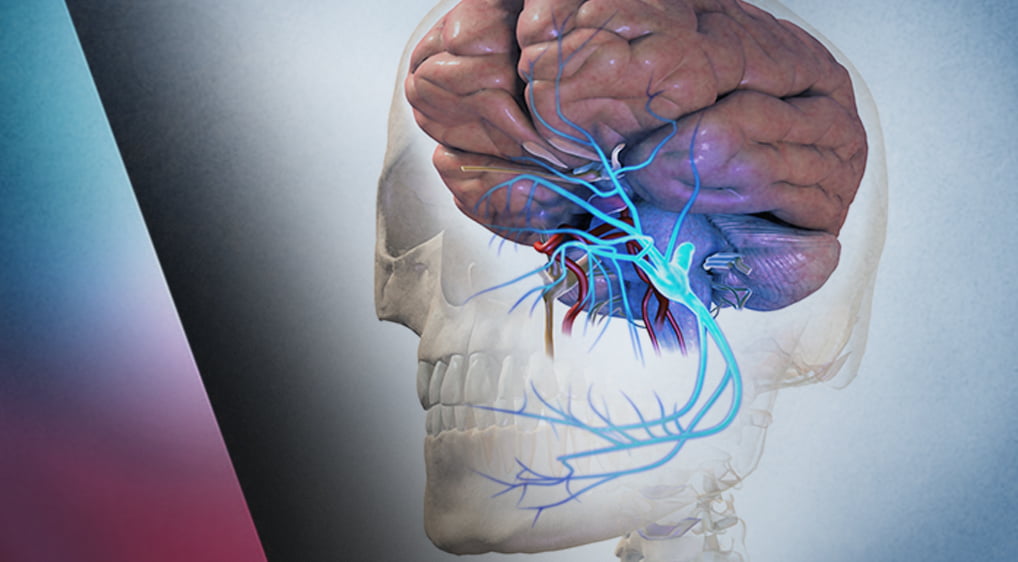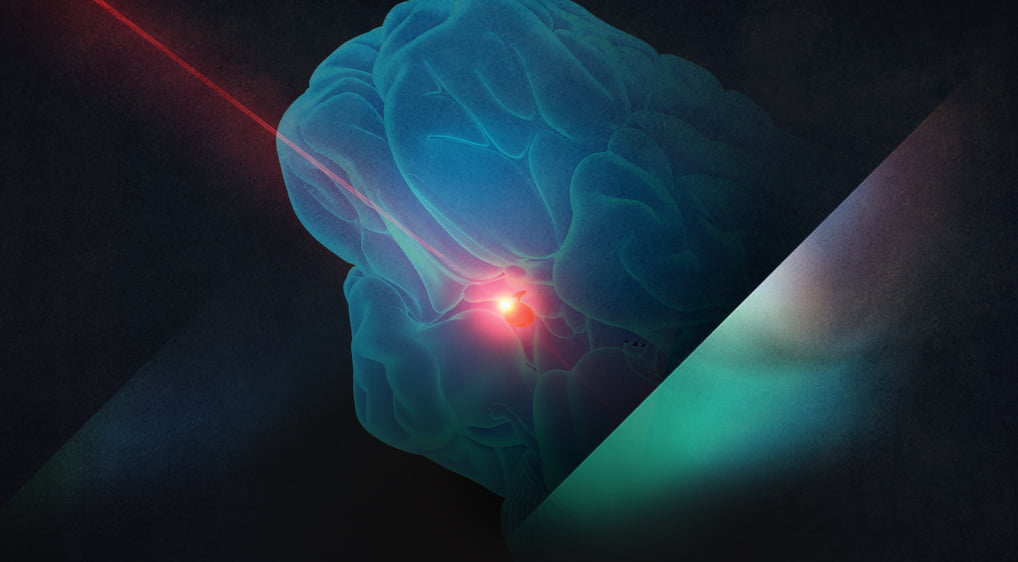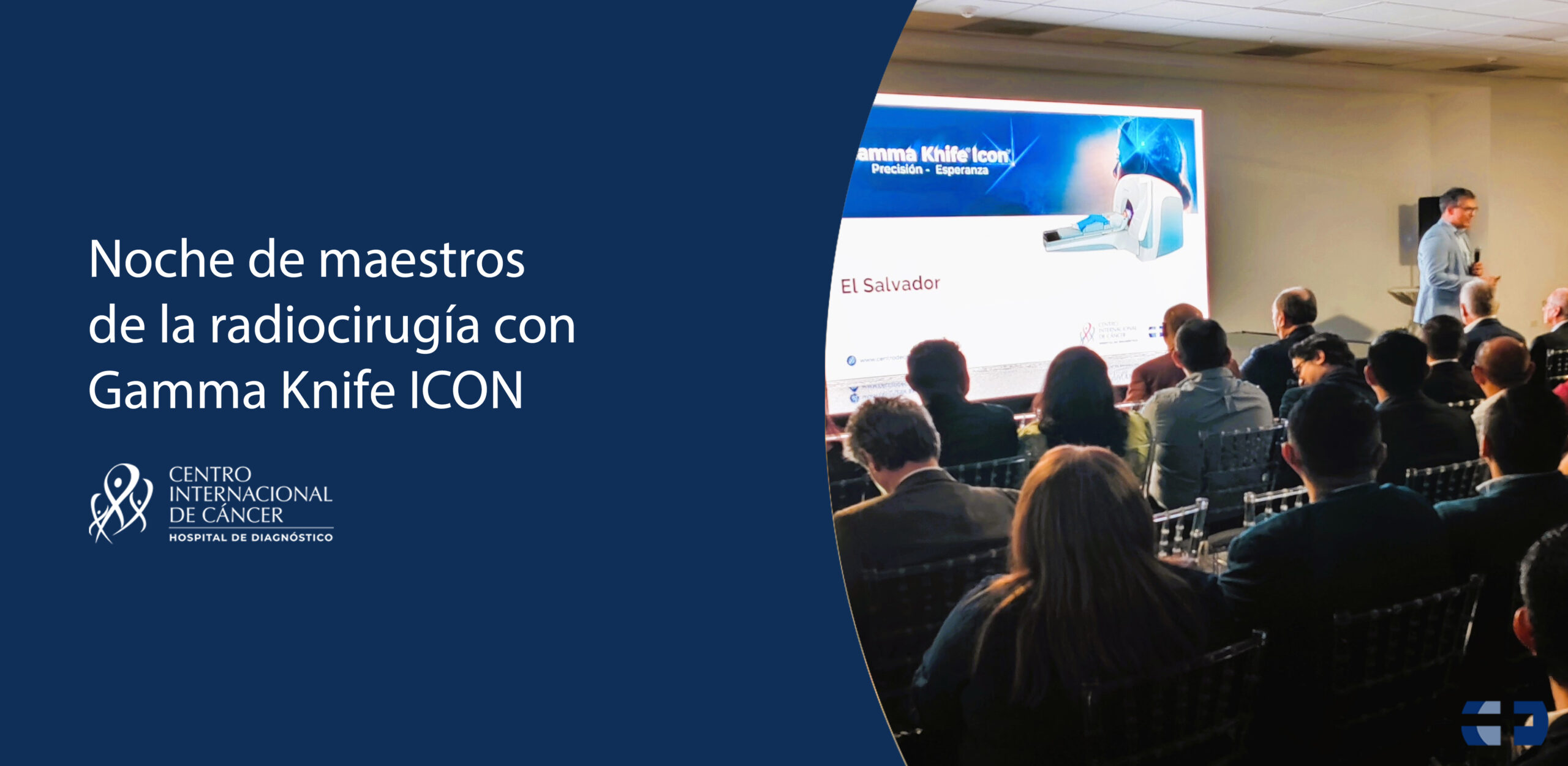Introduction
Glioblastoma multiforme (GBM) is the most common and lethal primary malignancy of the central nervous system. Despite standard therapy protocols, such as aggressive surgical resection, radiotherapy, and chemotherapy, GBM’s aggressive nature produces low survival rates. Tumor recurrence and progression are nearly universal. Stereotactic radiosurgery (SRS) has been studied as an alternative treatment for recurrent GBM as a minimally invasive option that might prolong survival. The objective of this retrospective study was to evaluate the efficacy of SRS as a treatment modality considering overall survival (OS) in patients with GBM who had tumor recurrence and were treated with SRS in three different institutions.
Materials and methods
We retrospectively reviewed patients who received SRS for recurrent GBM between 1992 and 2020. A total of 46 patients were included in this study. We recorded age at diagnosis, the extent of surgical resection, radiation treatment, chemotherapy regimen, Karnofsky Performance Status at the time of SRS and at last follow-up, use of adjuvant chemotherapy after SRS, and response evaluation criteria in solid tumors. Primary endpoints were OS after initial diagnosis and OS from the date of the SRS procedure.
Results
Patients received SRS at a median of 10 months (range, 1 to 94 months) after their initial diagnoses. Median follow-up was seven months from the time of SRS and 22.8 months since diagnosis. The estimated median OS for all patients was nine months (range, 1 to 42 months) after SRS and 23.8 months (range, 4 to 102 months) after diagnosis. Median OS after SRS was seven months for patients treated from 1992 to 2011 and nine months for those treated from 2012 to 2020 (p = 0.008; X2 = 7.008). Median OS for younger patients (i.e., those aged <50 years) was 37.1 months compared to 18.6 months for older patients (i.e., those aged >50 years; p = 0.04; X2 = 3.870). Patients who received SRS after 10 months since diagnosis had a median OS of 36.2 months versus those who received SRS sooner than 10 months, who had an OS of 15 months (p = 0.004; X2 = 8.145). Radiosurgery doses larger than 15 Gy correlated with a median survival of nine months versus seven months in those treated with doses <15 Gy (p = 0.01; X2 = 6.756). Lastly, patients who received adjuvant bevacizumab (BEV) and or chemotherapy after SRS had a median survival of 12 months versus seven months for patients who did not receive any additional therapy after SRS (p = 0.04; X2 = 4.196).
Conclusion
SRS focal recurrent GBM in selected patients may improve OS, especially when combined with adjuvant therapy such as BEV and chemotherapy. Other prognostic variables proved relevant such as patients’ age, the dose delivered, and surgery-to-SRS time that translates to the time of recurrence. Our results were consistent with the published literature and added to the accumulating evidence regarding SRS in recurrent GBM; however, extensive, multi-center studies are required to make definitive recommendations on this treatment approach.













